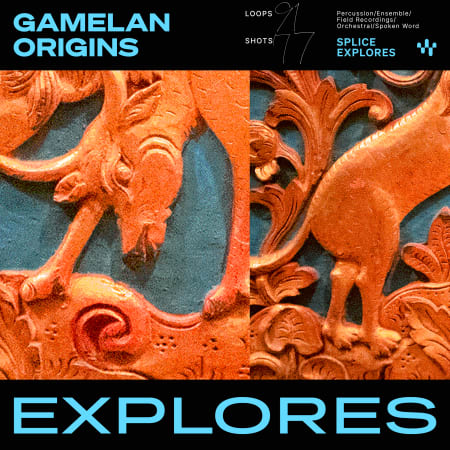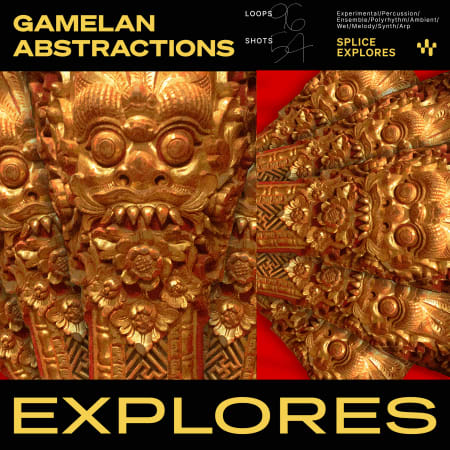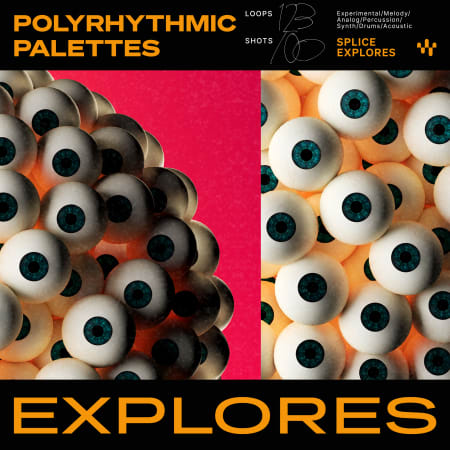Gamelan is the traditional ensemble music of Javanese, Sundanese, and Balinese in Indonesia, made up predominantly of percussive instruments. The gamelan predates the Hindu-Buddhist culture that dominated Indonesia in its earliest records, representing an indigenous art form. In contrast to the heavy Indian influence in other art forms, the only obvious Indian influence in gamelan music is in the Javanese style of singing, and in the themes of the Wayang kulit (shadow puppet plays).
In Javanese mythology, the gamelan was created by Sang Hyang Guru in Saka era 167 (c. AD 230), the god who ruled as king of all Java. He needed a signal to summon the gods and thus invented the gong. For more complex messages, he invented two other gongs, thus forming the original gamelan set.
To deepen our learnings about this ancient and sacred art form, we spoke to the engineer of this pack, Tristan Arp about what drew him to gamelan music and what he hoped to instill in others after working with Gamelan Samara Ratih.
Arp said, “Western music is just one language in a world of infinite sonic expressions. Gamelan is a particularly rich musical tradition and a language all its own. Its interlocking rhythms have a hypnotic effect not unlike contemporary electronic music while predating it by centuries. Gamelan is a central component to trance induction in spiritual ceremonies. In a sense, Gamelan is a means of reaching ecstatic states that we in the West have only recently achieved by hedonistic means in rave culture. In gamelan, you’ll also hear hints of the rhythmic phasing that underpinned the music of Steve Reich and much of 20th-century minimalism.”
Arp wanted to take the most organic approach possible to recording this session, sharing, “When I traveled to Bali I met Anom to build his trust in me. We had a really nice time sharing stories about our respective musical journeys and agreed to record the next day with about twenty members of his ensemble. The backyard of my rental was surrounded by rice paddies and Anom took a liking to the scene, suggesting we record there. That night the musicians came with their caste, bronze instruments, some of which weighed hundreds of pounds. We recorded the full ensemble outdoors the next morning with a simple left-center-right mic setup, welcoming the sounds of cicadas the jungle nearby. We moved indoors to close-mic individual members of the ensemble for isolated one-shots.”
He added, “Because gamelan incorporates fluid tempos and loose tunings (instruments often live in “male-female” pairs, each tuned slightly higher/lower than the other), the post-production of the pack was a delicate balancing act of locking phrases into a tempo and tonal center while maintaining the integrity of the music’s intended elasticity.”
When we asked what he hopes producers will create with these unique sounds, he said, “I hope producers will create a kind of music that hasn’t been heard before, reinterpreting and recontextualizing the sound of the gamelan. There’s a way to incorporate sounds from different cultures that’s additive and not appropriative. I believe if one is borrowing another culture’s sound palette, then it’s nice for them to bring their own compositional language to the table. If one is borrowing a melodic or rhythmic style on the other hand, then bringing it into a new context with unique sound design is perhaps the most creative and respectful approach.”




